Press Release: Veritas Press C.I.C.
Author: Kamran Faqir
Article Date Published: 15 Aug 2025 at 11:12 GMT
Category: South Asia | Pakistan | Mosques Demolition
Source(s): Veritas Press C.I.C. | Multi News Agencies
Midnight Moves, Morning Outrage:
Residents near Rawal Dam Chowk recount waking to the rumble of heavy machinery as the Madani Mosque and madrassah were razed sometime during the night of August 9–10, 2025. One local, who preferred anonymity, described a scene shrouded in dust and confusion:
“We heard the machines, saw them working under flickering lights. No announcement, no warning, just gone by dawn.”
While the government insists the demolition followed a consensual relocation and was filmed to avoid misunderstandings, the nocturnal timing triggered suspicion over intent and transparency.
Protests, Condemnations, And Calls For Justice:
By August 12, religious groups and ordinary citizens had descended on the site, uprooting CDA-planted saplings in protest.
Mufti Owais Aziz of JUI-F declared:
“Razing mosques overnight is an act of hostility towards Islam… If the police refuse to register the case, they will be considered ‘enemies of Islam.’”
Activists outside Chaklala lamented:
“They target centuries-old religious structures while blatantly ignoring Frontier Corps illegally occupying greenbelts nearby.”
Their anger underscores a deeper sense of injustice, religious sanctity trampled, while other violations go unchallenged.
Scholars Warn Of Divine Repercussion:
Criticism didn’t stop at emotional outcry. Leading figures from Wafaq-ul-Madaris, including Mufti Muhammad Taqi Usmani, Anwar-ul-Haq, and Saeed Yusuf, condemned the demolition as “provocative,” cautioning of consequences both spiritual and societal:
“Demolishing a mosque invites divine wrath,” they warned, demanding the Madani Mosque be restored to its original site.
The language evoked more than political grievance; it framed the act as sacrilege.
Government’s Documentation vs. Public Distrust:
Minister of State Talal Chaudhry has defended the operation as methodical and collaborative, claiming relocation had been negotiated since January 2025 and fully documented. He cited a modern Rs 37–40 million facility constructed in Margalla Town as proof of goodwill, and noted that 185 students were moved there in late July.
But critics cite the late-night operation as deeply suspect. Without visible signs of consent or public notice, many wonder if the “agreement” was ever voluntary, or merely a fait accompli.
The Greenbelt Puzzle: Selectivity Or Strategy?
Urban observers point to Islamabad’s greenbelt, intended as a green buffer, as a flashpoint of selective enforcement. A longtime resident commented online:
“First, they destroy greenbelts between F-8 and F-7… the more trees they remove, the more dust and smoke persist.”
This mirrors sentiment among protesters who accused state actors of siding with religious structures when convenient and turning a blind eye when not.
Reminiscent Of Past Fault Lines: The Lal Masjid Parallel.
The standoff recalls the 2007 Lal Masjid siege: a clash between religious radicalism and state authority that ended in military action. Analysts warn that demolishing places of worship, regardless of legality, can fuel radical narratives and inflame tensions.
Legal scholar Qari Sajid prepared for legal action:
“We’re filing petitions in session and civil courts. Interim stay orders are already in place.”
This escalating legal confrontation raises the stakes from a clean-up operation to a constitutional reckoning.
Public Trust Hanging By A Thread:
The broader context reveals a widening chasm between the state and citizens. The mosque, for many, represents community, heritage, and piety, not just bricks and permits. When those values are overlooked, especially under veils of secrecy, trust erodes.
Though the government touts a modern replacement and speaks of consultations, the late-night demolition, vigilant legal pushback, and spiritual backlash suggest that procedural compliance may not heal the spiritual wound.
Conclusion: Between the Bulldozer and the Pulpit.
The demolition of the Madani Mosque now stands as a stark lesson in the perils of governance without trust. This governance prioritises expediency over transparency, and in doing so, risks fracturing the very society it seeks to regulate.
Authorities maintain they acted within the bounds of legality: the demolition followed negotiations dating back to January 2025, was documented in full, and relocations were completed. They point to a newly constructed mosque and madrassah, a modern facility worth Rs 37–40 million, now housing nearly 200 students, as evidence of goodwill and compromise.
Yet, this narrative falters under the weight of public distrust and the unfolding sequence of events. The operation’s midnight timing, with heavy machinery working in dim light and no public notice, has done more harm than any amount of official documentation could repair. As a local eyewitness recounted:
“We heard the machines, saw them working under flickering lights. No announcement, no warning, just gone by dawn.”
This sense of betrayal was crystallised by the uprooting of saplings at the demolition site by enraged protesters, symbolic defiance against the perception that religious sanctity had been willfully trampled.
Religious scholars’ reactions were equally damning. Figures like Mufti Muhammad Taqi Usmani and other Wafaq-ul-Madaris leaders denounced the action as “provocative,” invoking divine wrath and warning of societal repercussions.
In response to mounting pressure, the government has now taken a step that amounts to both concession and containment: it has agreed to halt further demolitions and reconstruct the Madani Mosque at its original site, in response to demands from JUI-F leaders Maulana Abdul Ghafoor Haideri and Mufti Owais Aziz.
But this turnaround, though politically prudent, carries a heavy subtext. Islamabad-based urban planner Imran Shah told Dawn:
“This is less about compromise than about political damage control.”
The broader implications are clear: selective enforcement, murky operations under the cover of night, and swift reversals under pressure have severely eroded trust in civic leadership.
When framed against the memory of the Lal Masjid siege of 2007, this episode resonates as a painful echo, where state action perceived as aggressive against religious spaces contributed to national instability. Now, as the government unravels Pakistan’s fragile balance between urban planning and spiritual identity, the stakes have never been higher.
Insight: Fault Lines Exposed.
- Secrecy vs. Consensus – Midnight demolition broke public trust, even if administrative consent existed.
- Selective Enforcement – Greenbelt violations by state agencies ignored; religious institutions targeted.
- Spiritual vs. Legal – A mosque is more than property; it holds communal identity and divine association.
- Concession, Not Resolution – Reinstatement may defuse tension, but not systemic mistrust.
- Past Meets Present – The Lal Masjid legacy looms as a reminder of what happens when the sacred is crossed.
Q: Does this action represent a component of a larger initiative aimed at the gradual assimilation of Islam?
Tags:


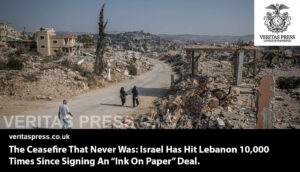




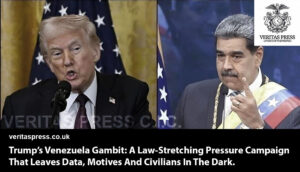
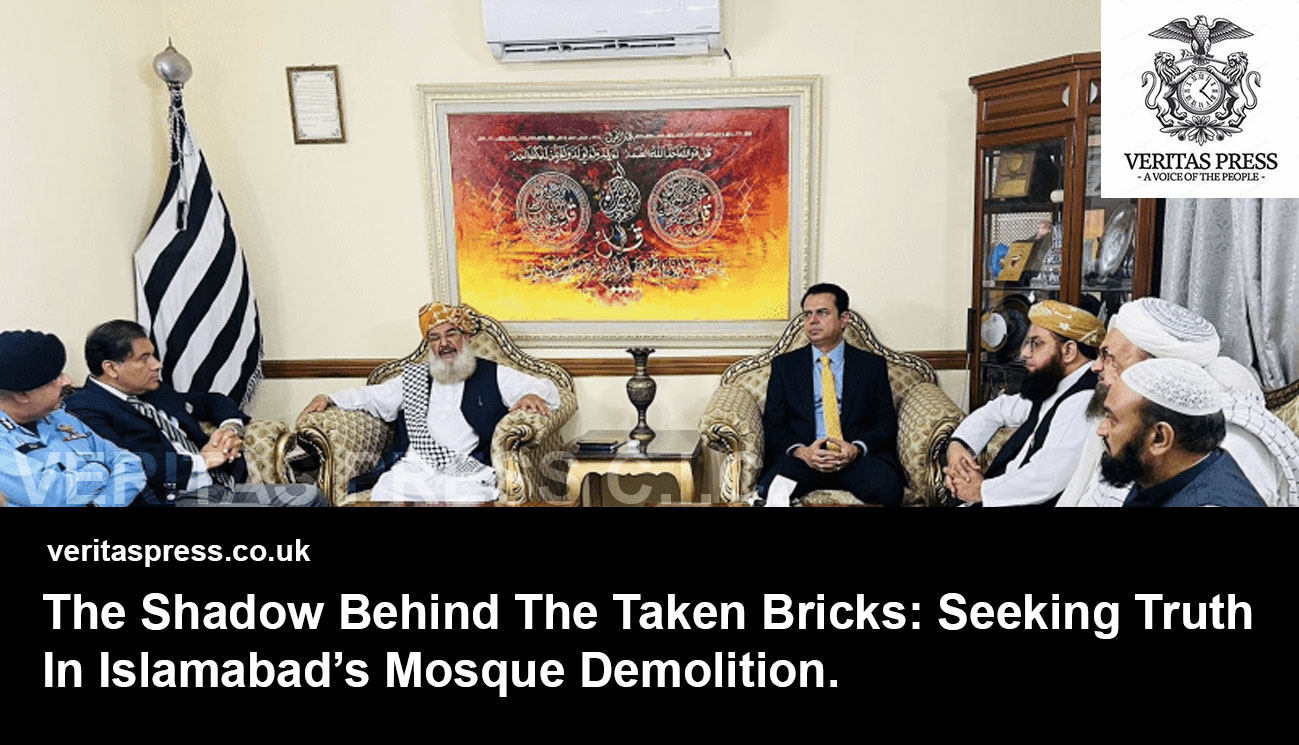
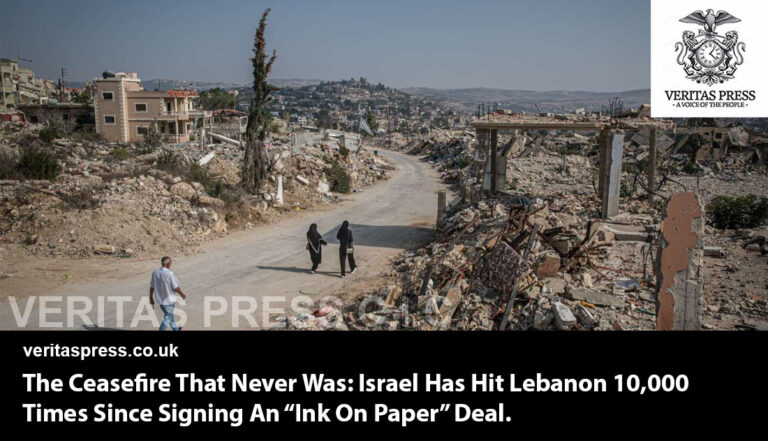

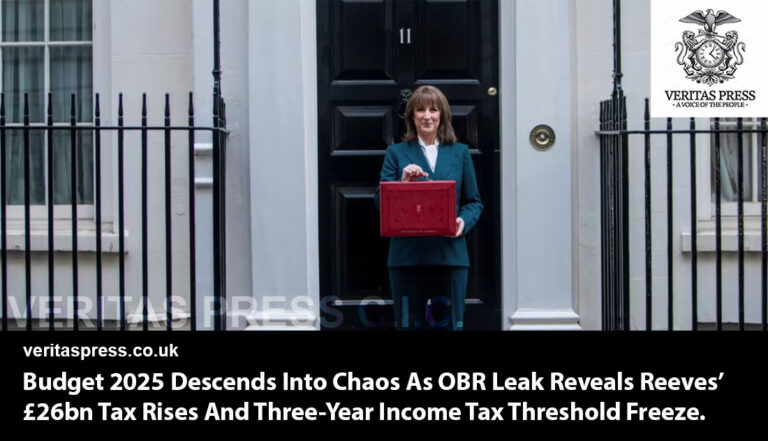
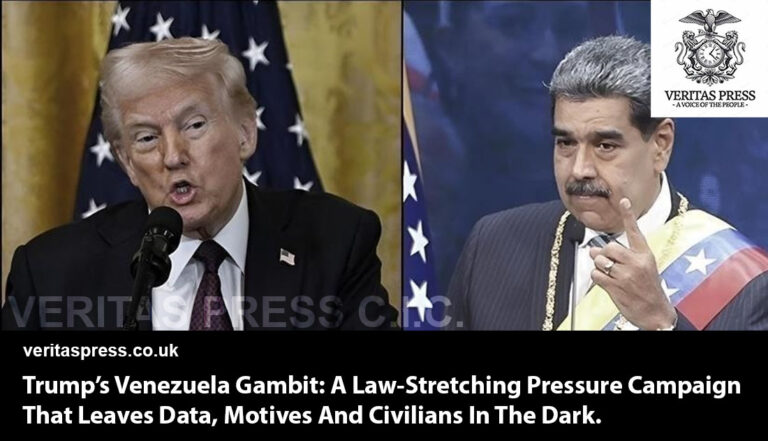

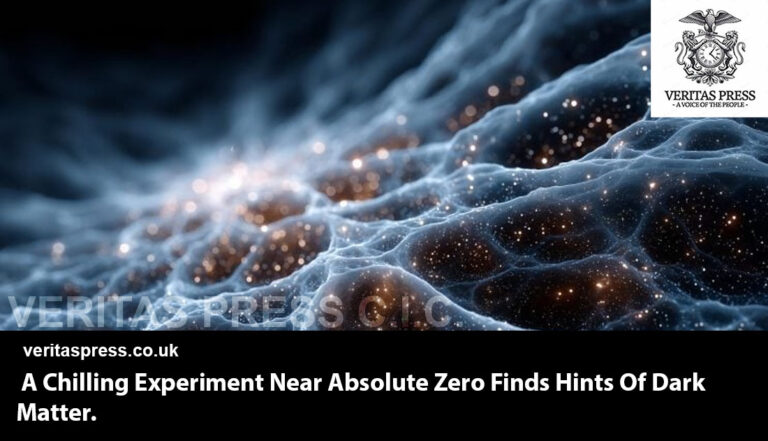


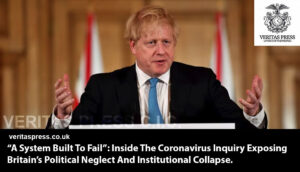
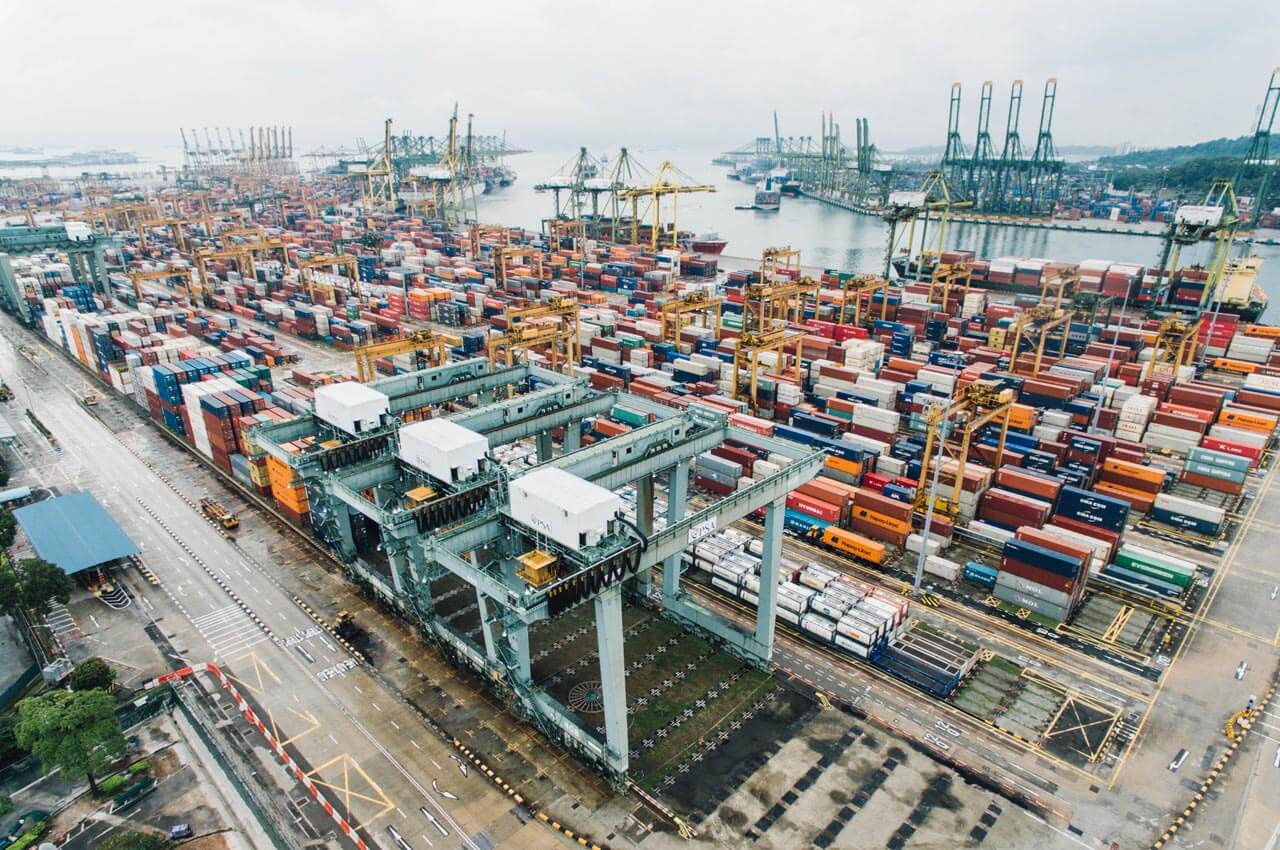








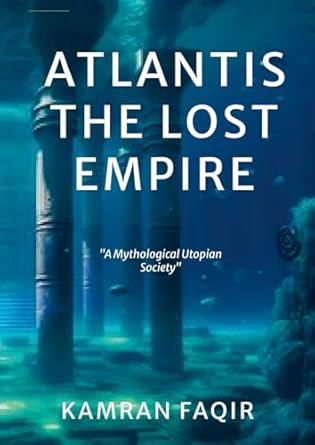
Leave a Reply